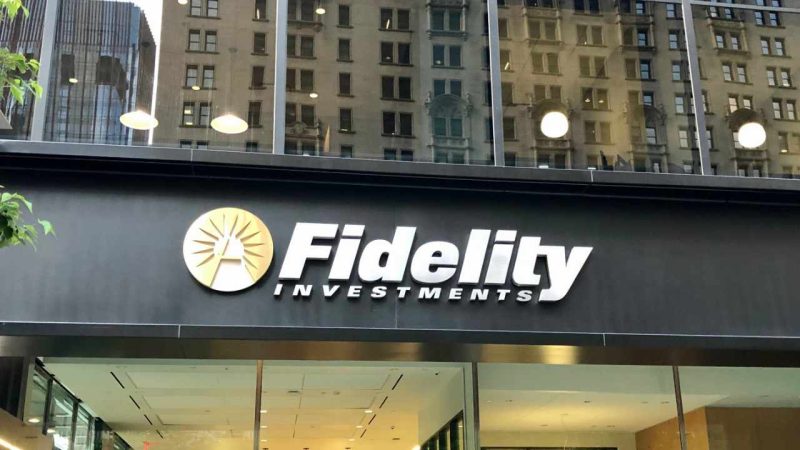Fidelity Investments, a leading money management firm, has introduced an innovative proposal to its ethereum exchange-traded fund (ETF) application, suggesting the inclusion of staking capabilities for its potential Fidelity Ethereum Fund. This amendment, filed with the U.S. Securities and Exchange Commission (SEC), has sent Lido, a prominent staking protocol on the Ethereum network, soaring by 9%.
Expanding Ethereum ETF Landscape
Fidelity’s decision to file for an ethereum ETF in November placed it among other significant potential issuers like BlackRock, Ark Invest, and Grayscale, all vying to launch similar financial products. The move to enable staking within the ETF framework signifies Fidelity’s attempt to provide added value and appeal to traders by allowing them to earn rewards on their investments directly through the fund.
The Staking Proposition
In the detailed amendment submitted to the SEC, Fidelity outlined its plan to stake a portion of the fund’s assets with trusted staking providers, potentially including affiliates of the asset manager. This strategy aims to leverage the Ethereum network’s shift to proof-of-stake following its recent upgrade, enabling investors to participate in the network’s security and consensus mechanisms while earning staking rewards.
Market Response and Future Prospects
The announcement had an immediate impact on Lido, with its token price surging to $2.64, highlighting the market’s positive reception to Fidelity’s staking proposal. However, despite this enthusiasm, experts remain cautious about the SEC’s willingness to approve an ethereum ETF by the next deadline on May 23, citing regulatory uncertainties and the agency’s historical hesitance towards similar crypto-based financial products.
As the deadline approaches, Fidelity’s proposed staking feature sets its application apart, potentially influencing the SEC’s decision-making process and the future landscape of ethereum ETFs. The broader crypto and investment communities are closely watching this development, eager to see how it unfolds and its implications for the integration of traditional financial products with emerging crypto technologies.
